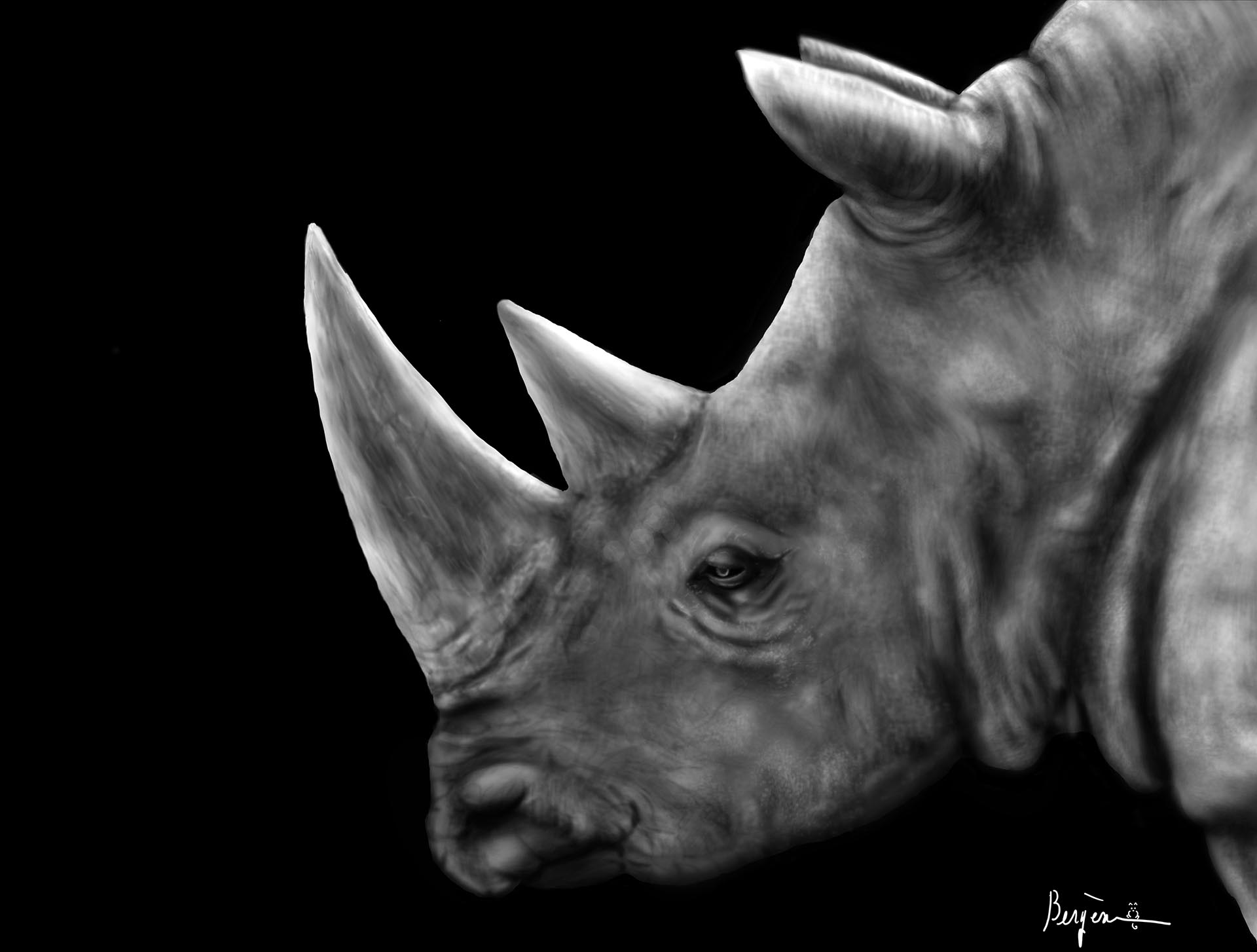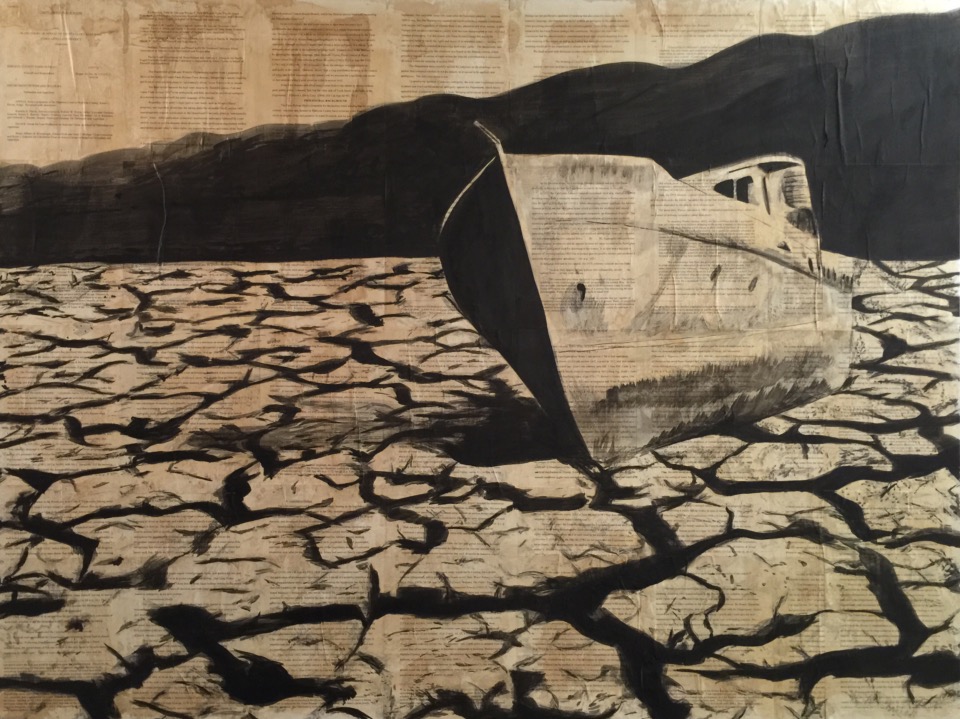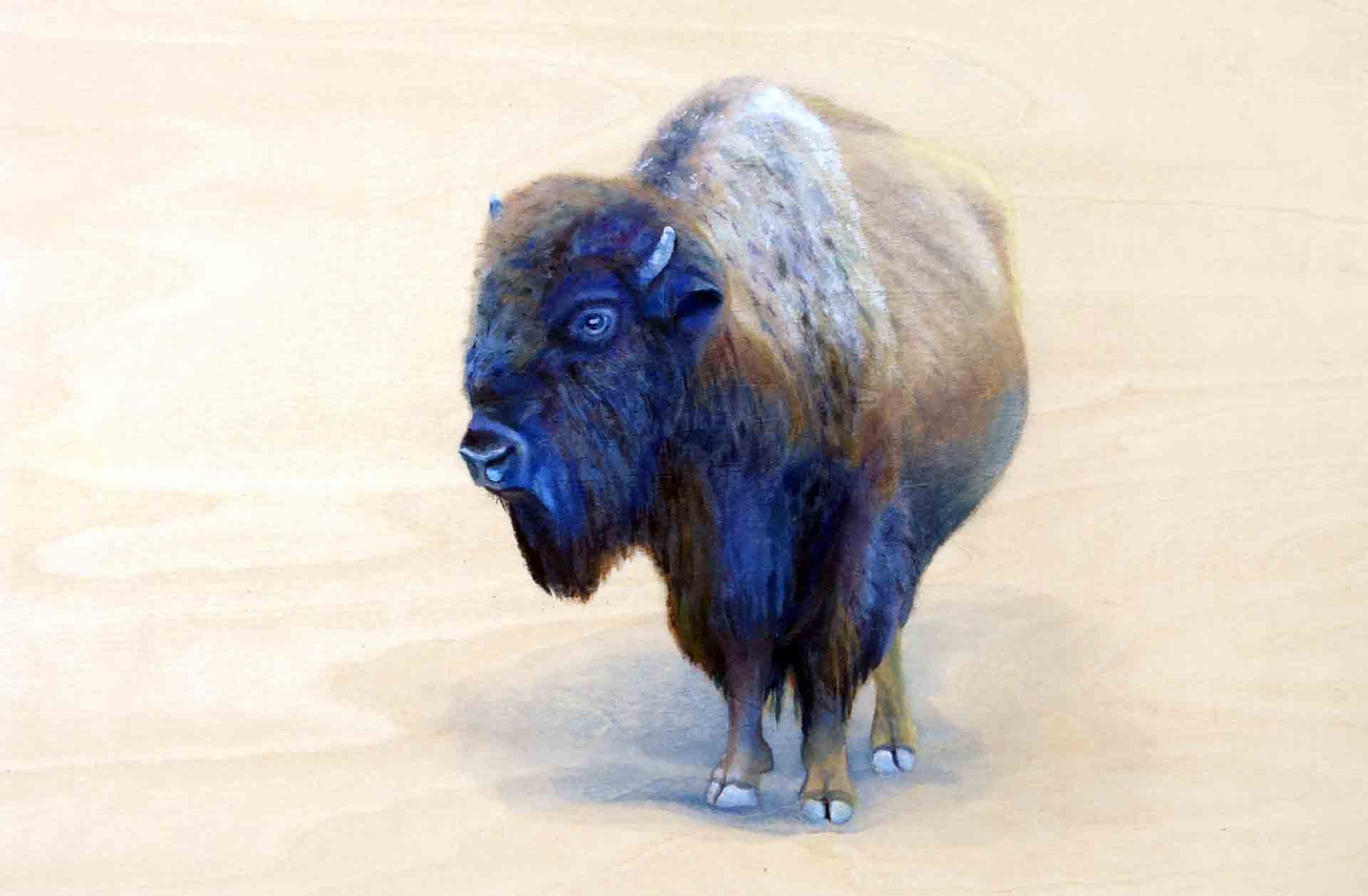World Wildlife Fund

For nearly 60 years, World Wildlife Fund has been protecting the future of nature. The world’s leading conservation organization, WWF works in 100 countries and is supported by more than one million members in the United States and close to five million globally. WWF’s unique way of working combines global reach with a foundation in science, involves action at every level from local to global, and ensures the delivery of innovative solutions that meet the needs of both people and nature.

The pangolin: Because of my scales
Nathalie Bergese, 2014, graphic tablet, digital, image © 2014, courtesy of the artist
The illegal wildlife trade is wiping out populations in unprecedented numbers of rhinos, tigers, elephants – and yes, even pangolins, around the world.
Sadly, pangolins are one of the most trafficked mammals in the world due to demand for their meat and scales. Based on reported seizures between 2011 and 2013, upwards of 240,000 pangolins were killed, which represents only the tip of the trade.
WWF works to stop the poaching, stop the trafficking and stop the demand for illegal wildlife parts and products.
Join with WWF to stop this massacre and pledge not to buy illegal wildlife products. Learn more here.

The rhinoceros: The last horn
Nathalie Bergese, 2014, graphic tablet, digital, image © 2014, courtesy of the artist
Estimates indicate that each year poachers slaughter close to 20,000 elephants, mostly for ivory. Poaching has also pillaged wild tiger populations with as few as 3,890 remaining in the wild.
Poaching of African rhinos has also skyrocketed – 1,215 were killed in South Africa in 2014 alone, compared to 13 in 2007, resulting in a 9,000% increase over those seven years. Although international trade in rhino horn has been banned under CITES, demand remains high and fuels unsustainable rhino poaching in both Africa and Asia. There’s a belief coming from Asian countries that rhino horn will cure cancer or hangovers, when it reality it’s made of nothing more than the substance of our human fingernails.
Join with WWF to stop this massacre and pledge not to buy illegal wildlife products. Learn more here.

Exhibit 8: California Water Crisis
Jeremy Salvador, 2015, ink and coffee on copier paper adhered to canvas, 48″ x 60″, image © 2015, courtesy of the artist
WWF’s work has evolved from saving wildlife and landscapes to addressing larger global threats that threaten our way of life. One of those threats is tackling the dwindling freshwater supply on our planet.
Freshwater is the key ingredient to life on Earth. It is the planet’s most precious resource, fueling everything from the food we eat, to the cotton we wear, to the energy we depend upon every day. Freshwater habitats – such as lakes, rivers, streams and wetlands – house an incredible proportion of the world’s biodiversity: they support more than 125,000 species, from fish to terrestrial animals.
Yet, despite all of this, according to WWF’s Living Planet Report (a health card on the state of the planet), there’s been a 76% decline in freshwater species in the past 40 years.
WWF seeks to address this decline, and change how water is managed around the world. We encourage states relying on the same river to better coordinate their shared freshwater resources, and we advocate for water security in sustainable development. WWF partners with governments, businesses, international financial institutions and communities to ensure healthy freshwater systems exist to conserve wildlife and provide a sustainable future for all. Together, we can create a water-secure future.
Learn more about our freshwater initiatives.

Perfect Form
Shelby Prindaville, 2015, acrylic on sealed basswood panel, 12″ x 12″, image © 2015, courtesy of the artist
Symbols of strength and determination, bison are Ice Age survivors. However, once numbering in the tens of millions in North America, their numbers were decimated in just a few decades as expansion pressed westward. No other species on Earth has declined so quickly.
Several Native American tribes are working with WWF to “bring the bison home” to their native lands in the great plains of the United States, and to grow bison numbers once again across vast grasslands under their management.
Learn more about bison and WWF’s work to protect them.
Featured Actions

Together, we can protect the future of wildlife and nature. Join us by taking action in your own life. Make a pledge below and spread the word. Let’s #EndOvershoot and conserve our #OneEarth for all living things.
* Your pledge will be counted in Earth Day Network’s “A Billion Acts of Green” campaign. Learn more about thiscampaign.

